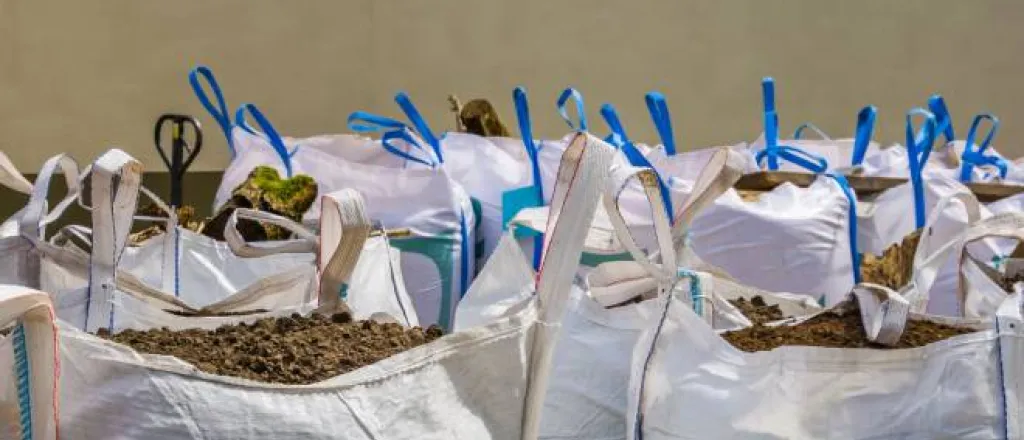
Bulk bags: What are they, and how do they benefit your farm?
©
You could pack your crops into small bags for storage and transportation, but that requires a lot of extra work and materials. Instead, consider using bulk bags—also known as FIBCs (flexible intermediate bulk containers)—to make your life easier and more efficient on the farm.
Bulk bags are large, durable bags made of woven polypropylene fabric that can hold a variety of materials, from grains and seeds to fertilizers and animal feed. These bags come in various sizes, typically ranging from 500 kg to 2,000 kg capacity. They also have lifting loops for easy handling with forklifts or cranes.
Bulk bags are convenient, but if you've never used them before and aren't sure how to properly handle and store them, you should familiarize yourself with some best practices before incorporating them into your farming operation.
Benefits of using bulk bags
How do bulk bags benefit your farm? They’re convenient, portable storage solutions for a farmer’s everyday needs. Some of the most common uses include:
- Storing and transporting grains, seeds, and other agricultural products
- Moving animal feed or fertilizer around the farm
- Collecting harvests from fields for easier transportation to storage or market
- Storing and transferring loose materials such as sand, gravel, or mulch
- Storing and moving large quantities of equipment such as irrigation fittings or tools
Bulk bags can accommodate most materials, but you'll want to avoid filling them with sharp or jagged objects, liquids, or anything else that could potentially damage them.
Storing bulk bags
Bulk bags are generally easy to store away, but you should remember a few things when storing them on your farm. To start, you need a dry, clean area with enough space to stack the bags. Potential storage spaces include a barn or shed. You can also stack the bags outdoors, but make sure to cover them with a tarp to protect them from pests, moisture, and UV rays.
Store the bags upright to prevent them from tipping over and damaging nearby crops or small equipment. If you need to stack the bags after filling them, use a sturdy base, and stack them no more than three high.
Transporting bulk bags
You can use equipment such as an overhead crane to transport bulk bags. If you plan to use cranes daily, make sure to have spare parts on hand to keep them running smoothly, since excessive use can quickly wear down any machine. Using a forklift is also a common method for moving bulk bags, but check that your forklift has the appropriate attachments to safely move and transport the bags.
Always follow proper safety procedures when using large machinery to move bulk bags. Spread the loops evenly, and avoid dragging or dropping the bags. You should also never lift more than one full bag at a time by yourself. Last, always check the weight capacity of your equipment before attempting to lift a group of full bags.
Bulk bags are versatile, efficient tools for any farm, no matter what crops or livestock you have. They can save you time, effort, and money by streamlining your storage and transportation processes. Now that you know what bulk bags are, consider using them on your farm to avoid the hassle of smaller containers or loose materials.

















